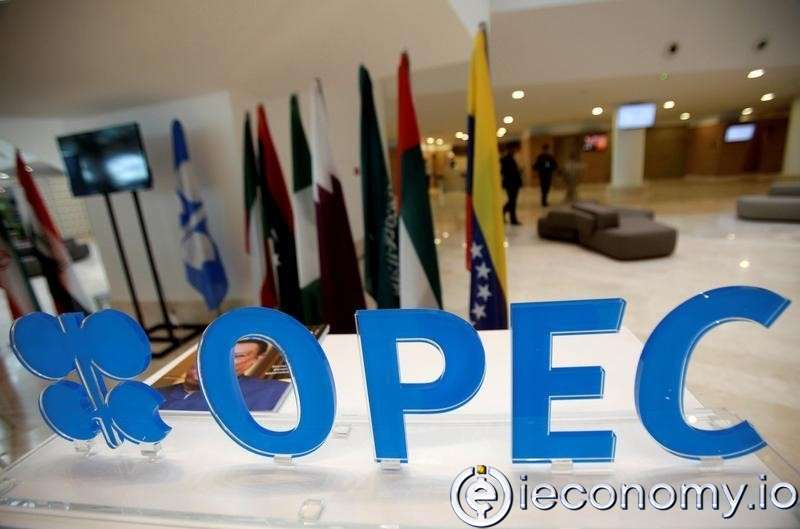3533
0
Oil Suffered Another Monthly Loss in July
For the oil market, the fear of OPEC is bigger than the fear of a US recession. US crude rose above $100 a barrel for the first time

Yazar: Charles Porter
Yayınlanma: 30 Temmuz 2022 00:47
Güncellenme: 29 Aralık 2025 18:03
Oil Suffered Another Monthly Loss in July
For the oil market, the fear of OPEC is bigger than the fear of a US recession.
US crude rose above $100 a barrel for the first time since July 20, joining Brent, which has been above triple digits almost all this week, amid concerns about what the global oil production alliance OPEC+ might do about production quotas at its August meeting next week. As July trading ended, New York-based West Texas Intermediate, or WTI, was heading for a monthly loss of almost 6% after a 7.4% drop in June. However, WTI rose throughout the day and the week. As of 12:10 ET (16:10 GMT) on Friday, US crude was up $3.78, or almost 4%, to $100.20 after hitting a session high of $101.87. WTI was up 5.3% on the week after a 13% drop over the previous three weeks. Brent, traded in London, fell 3.7% in July after a 5.7% drop in June. On Friday, the global crude benchmark rose $3.18, or 3.1%, to $105.01. On a weekly basis, it rose nearly 1%, extending last week's 2.7% gain. Before that, Brent had fallen 17% cumulatively over five weeks. Oil's rise during the day and the week came as attention turned to the August 3 meeting of OPEC+, where OPEC+ will decide on September production. Sources within the 23-nation OPEC+ told the press on Friday that despite the Biden administration's efforts to persuade the Saudi-led and Russian-backed alliance to significantly increase production, the alliance may leave output unchanged or slightly higher for September. "All eyes are now on this meeting, which will take place against the backdrop of lower economic growth forecasts, rising recession risks and a US economy that may or may not already be in recession depending on who you talk to," said Craig Erlam, analyst at online trading platform OANDA. Oil prices tumbled in early July on concerns of an impending recession, which was confirmed this week by US second-quarter economic data.İLGİLİ HABERLER





European stocks soared and focus shifted to German retail sales after Powell's speech!

Forex Signal For TRY/USD: Inflation Slowdown in November.

Forex Signal For GBP/USD: Bullish Trend Still Not Breaking While Recovery Continues.

Forex Signal For EUR/USD: Starry US Data Points to Higher Fed Increases.

Forex Signal For BTC/USD: Downside Continues as Bitcoin Recovery Moves Less.
En Popüler Haberler
Yorum Yap
Yorumlar
Henüz yorum yapan yok! İlk yorumu siz yapın...